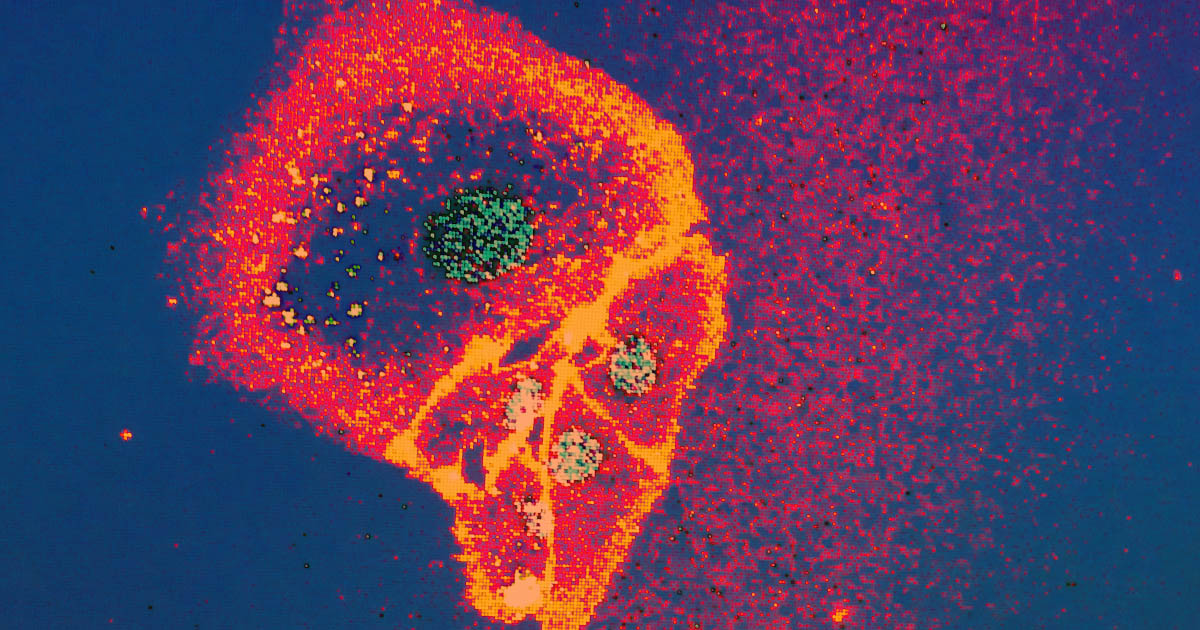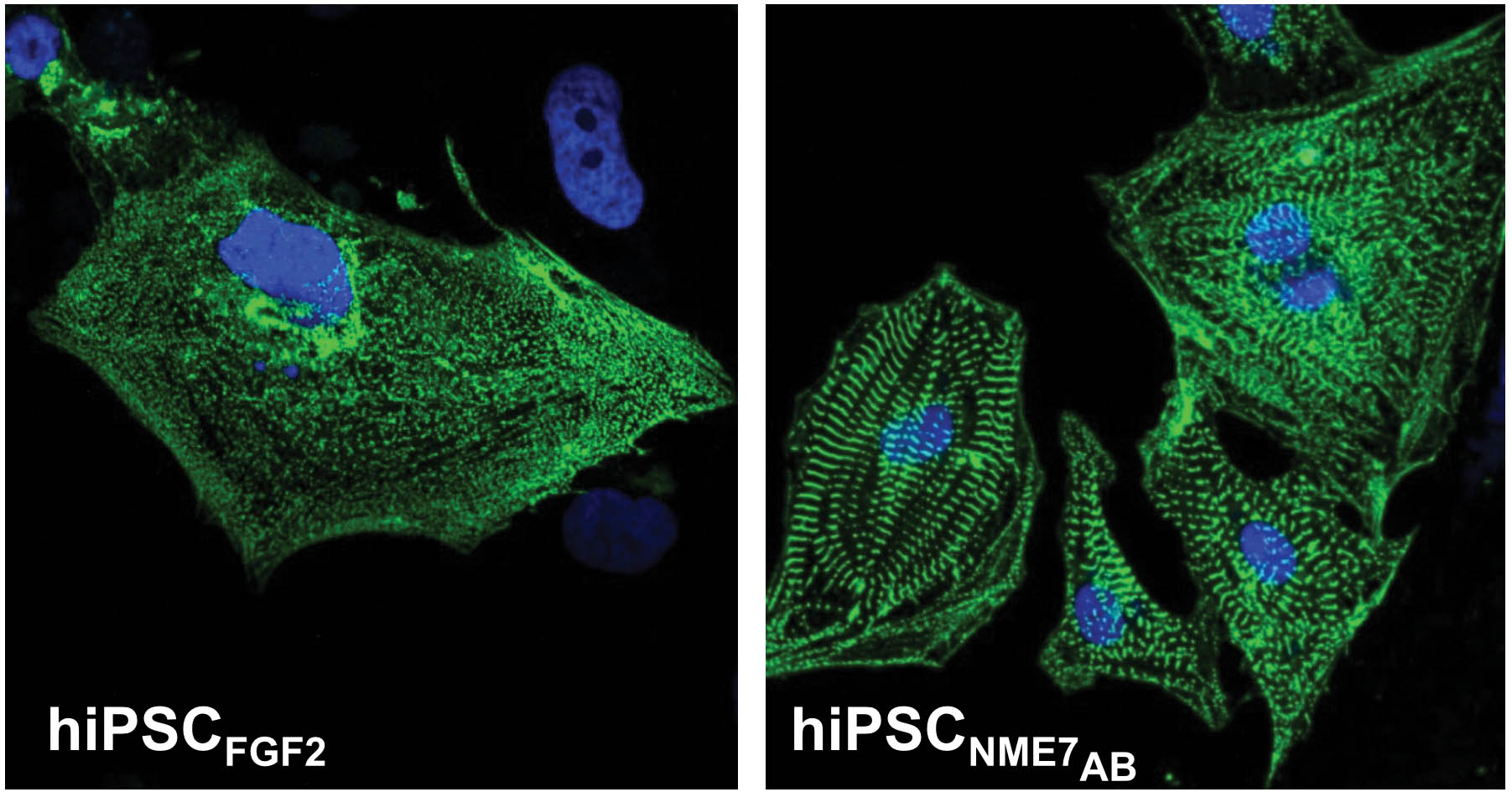The cell is the basic unit of life and can invent countless tasks. It is a true marvel of nature that is quite similar to a computer. Cells respond to inputs from outside and initiate processes, which in turn result in a specific output.
Two bio-cores in a cellWorldwide, diverse teams are working to manipulate cells through DNA manipulation or synthetic components to perform other tasks. Even completely artificial cells are an approach that is pursued.

One of these approaches is to use molecular implants in cells that act like biological circuits. Already a few years ago, a kind of “computational core” was created for this, which reacts to the presence of two inflammatory messengers and activates a gene that has been introduced, which sets off anti-inflammatory reactions.
The approach of Martin Fussenegger’s team goes one step further. The researchers have implanted two of these biological constructs into human cells. They took advantage of a modified version of the Genscher CRISPR / Cas9. The researchers created so first a cell computer with more than one core.
This “dual-care” system is capable of handling operations with two inputs and two outputs. Thus, a total of three reactions to three different states are possible: The presence of messenger A, messenger B or both messengers leads to a different reaction.

Application in medicine
Die biologischen Recheneinheiten bestehen aus speziellen Varianten des Cas9-Proteins, das aus Bakterien isoliert wurde. Die Proteine lagern sich an bestimmten Genabschnitten im Zellkern an und agieren als steuerbare Genschalter, die im Aus-Zustand das Ablesen des Gens verhindern. Wenn es zu einer Eingabe durch eine passende RNA kommt, wird die Transkription wieder in Gang gesetzt und die Zelle produziert die gewünschten Proteine.
Das primäre Anwendungsfeld solcher Bioprozessoren ist die Medizin. „ Wir könnten zudem Rückkopplungen einbauen„, so Fussenegger. So könnte das längere Vorhandensein des Biomarkers B etwa auf die Bildung von Krebsmetastasen hindeuten und eine entsprechende Reaktion auslösen.

Biocomputers are scalable
Die biologischen Recheneinheiten agieren wie sogenannte Halbaddierer, was einer Verschaltung von UND- und ODER-Gattern entspricht. Diese Halbaddierer bestehen aus jeweils zwei Ein- und Ausgängen und können zwei einstellige Binärzahlen zusammenrechnen. „ In der Elektronik sind Addierer die Hauptbestandteile von logischen Schaltkreisen und damit von Prozessoren. Solche Schaltkreise in biologische Systeme zu integrieren, ist ein signifikanter Schritt hin zu Biocomputer-Systemen„, so die Forscher.
Theoretisch können diese Biocomputer beliebig skaliert werden – auch in Mengen von mehreren Milliarden. „ Man stelle sich ein Mikrogewebe mit mehreren Milliarden Zellen vor und jede davon verfügt über einen Dual-Core-Prozessor. Solche ‚Rechenorgane‘ könnten eine theoretische Rechenkapazität erreichen, die diejenige eines digitalen Supercomputers bei weitem übertrifft – und das mit einem Bruchteil der Energie„, erläutert Fussenegger.






